The name “Komodo dragon” evokes images of mythical beasts, and in many ways, these remarkable reptiles live up to their fearsome reputation. Far from being merely oversized lizards, Komodo dragons (Varanus komodoensis) represent nature’s perfect predators—apex hunters that have evolved specialized killing methods unlike any other reptile on Earth. Native to just a few Indonesian islands, these ancient creatures have developed hunting strategies, physical adaptations, and biological weapons that make them one of the most effective predators in the animal kingdom. Their ability to take down prey many times their size isn’t just impressive—it’s the result of millions of years of evolutionary refinement. As we explore the fascinating world of Komodo dragons, we’ll discover why their hunting and killing abilities make them truly extraordinary creatures deserving of both our respect and protection.
The Ancient Lineage of Modern Monsters
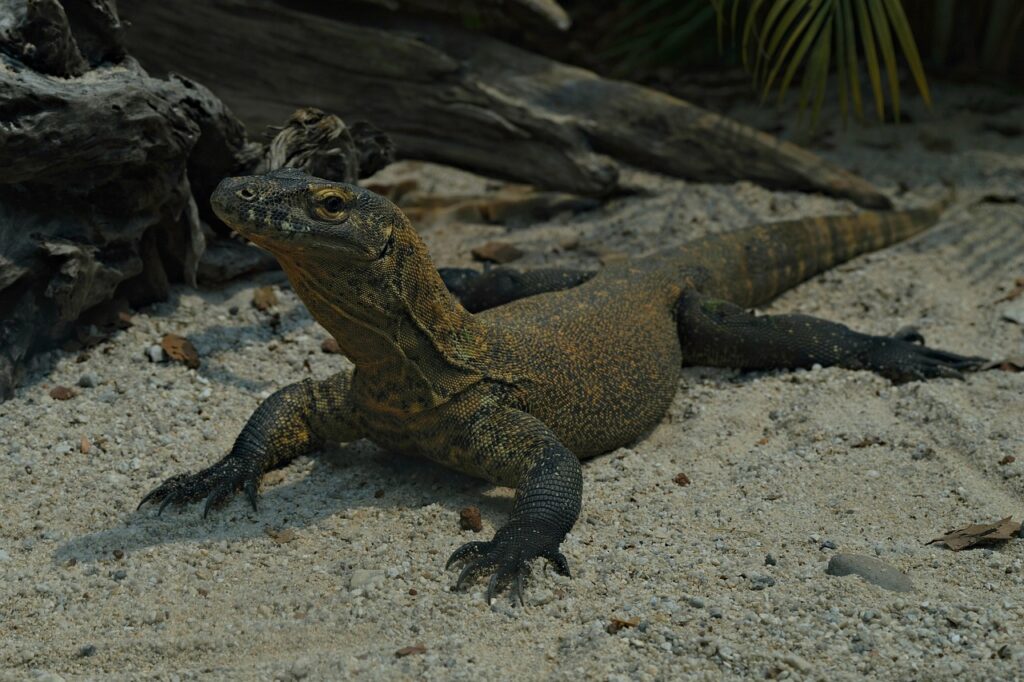
Komodo dragons represent an evolutionary success story dating back millions of years, with fossil evidence suggesting their ancestors roamed alongside dinosaurs. These massive reptiles are the last survivors of a once widespread group of monitor lizards that evolved in Australia and spread throughout Southeast Asia. Unlike most modern reptiles that have adapted to avoid larger mammals, Komodo dragons evolved in isolation on their island homes, allowing them to maintain and refine their position as apex predators. Their ancient lineage gives them a prehistoric quality, like living fossils that have maintained their dominance through time. This evolutionary history helps explain why they possess killing abilities that seem almost out of place in today’s world—they’re essentially living relics from a time when reptiles ruled the Earth.
Islands of the Giants: Their Limited Natural Habitat
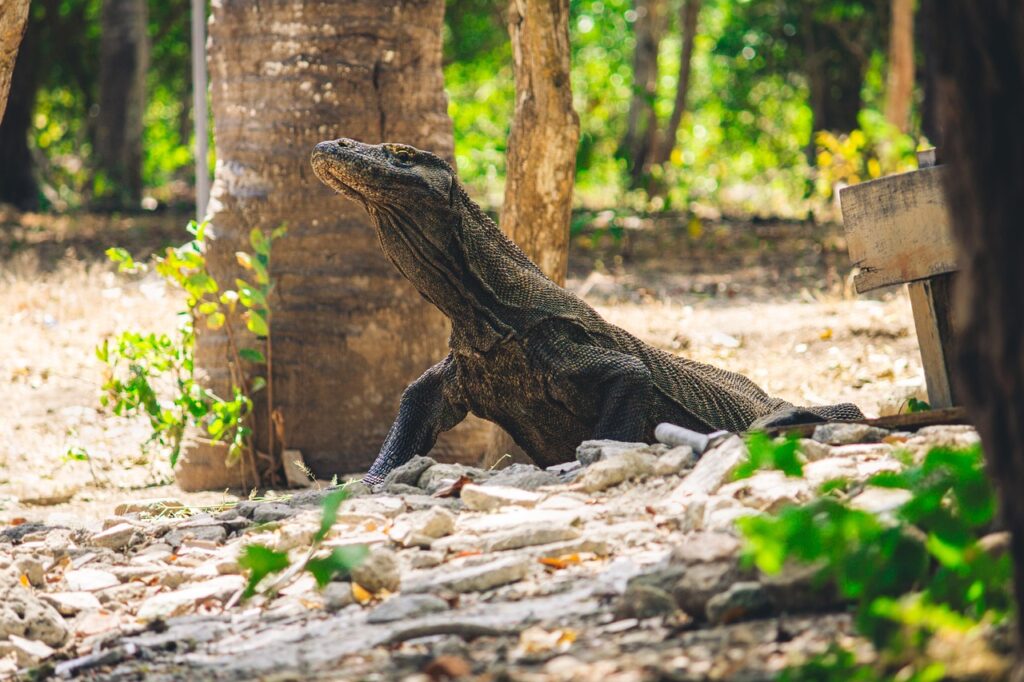
Komodo dragons are found naturally on just five islands in southeastern Indonesia: Komodo, Rinca, Flores, Gili Motang, and Gili Dasami. This isolated distribution has played a crucial role in their evolution as supreme predators, creating what scientists call “island gigantism”—where species grow unusually large due to limited competition and abundant resources.
On these remote islands, Komodo dragons face no natural predators once they reach adulthood, allowing them to focus their evolutionary adaptations entirely on hunting efficiency. The rugged, dry landscapes of these islands, with their mix of grasslands, forests, and beaches, provide the perfect hunting grounds for ambush predators. This geographic isolation also explains why such dangerous predators have survived into modern times—they existed in environments where humans rarely ventured until relatively recently.
Record-Breaking Size and Power
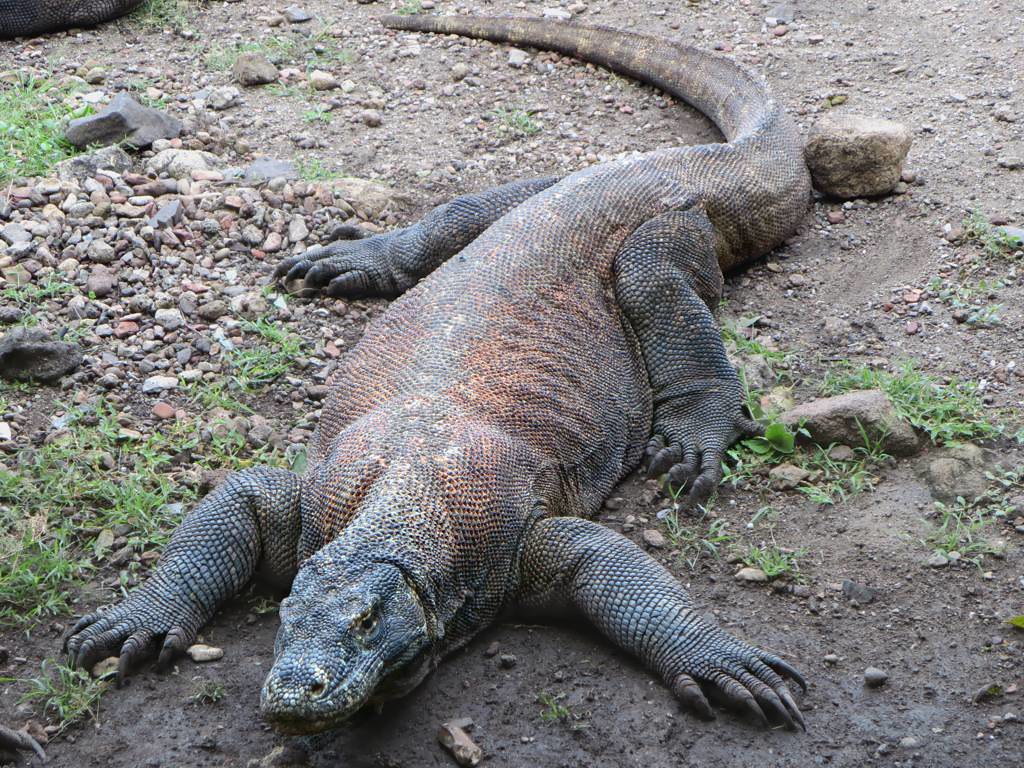
The Komodo dragon’s most obvious characteristic is its imposing size, making it the world’s largest living lizard species. Adult males typically reach 8 to 9 feet in length and weigh around 200 pounds, though exceptional specimens have been recorded at over 10 feet long and weighing more than 300 pounds. This massive size provides them with the strength needed to overpower large prey, including water buffalo, deer, pigs, and occasionally even humans. Their muscular tails serve as both powerful weapons and counterbalances, while their strong legs allow surprising bursts of speed—they can reach up to 12 mph in short sprints. Perhaps most impressive is their bite force, measured at over 1,000 pounds per square inch, combined with specialized serrated teeth designed to tear flesh and create wounds that are nearly impossible for prey to survive.
The Myth and Reality of Venomous Saliva

For decades, scientists debated why Komodo dragon bites were so consistently fatal, with many believing their mouths harbored deadly bacteria that caused fatal infections in bite victims. However, groundbreaking research in 2009 revealed the truth: Komodo dragons are actually venomous, possessing specialized glands in their lower jaws that produce toxic proteins. When a Komodo bites, these toxins prevent blood clotting, lower blood pressure, induce muscle paralysis, and send the victim into shock. This venom doesn’t kill instantly but creates a condition where prey animals weaken rapidly after being bitten, allowing the Komodo to track them until they collapse.
The discovery of venom glands fundamentally changed our understanding of these animals, elevating them from scavengers with dirty mouths to sophisticated predators with advanced biological weapons. Interestingly, this makes Komodo dragons the largest venomous animal on earth, a title few would have predicted before this scientific breakthrough.
Masters of Ambush: Hunting Strategies
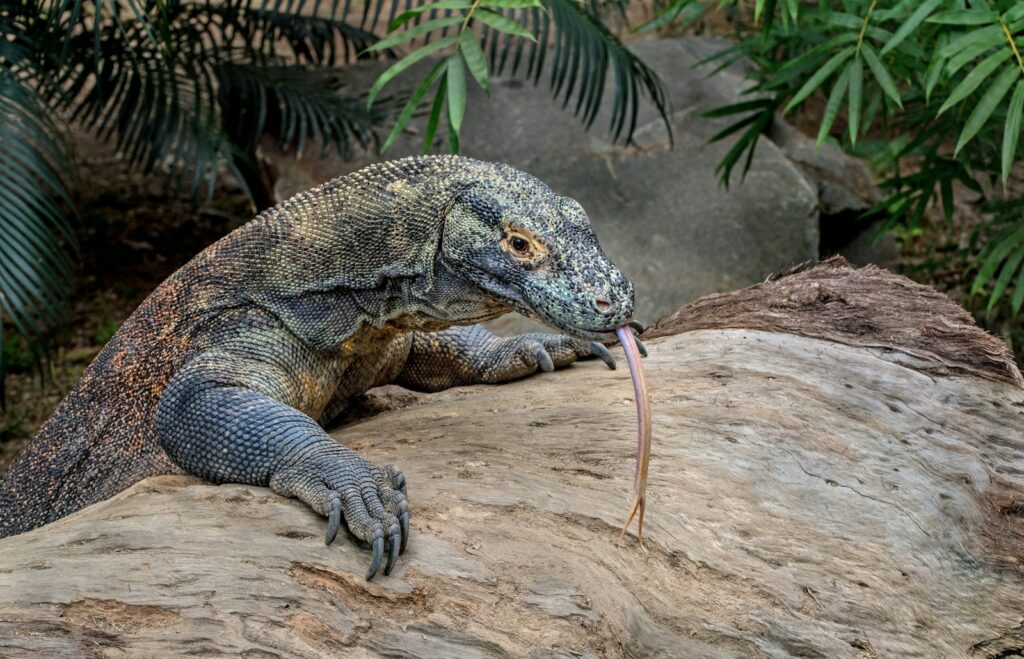
Komodo dragons employ sophisticated hunting techniques that showcase their intelligence and patience rather than just brute force. Their preferred method involves lying motionless in camouflaged positions along game trails, sometimes waiting for hours until suitable prey approaches. Their earth-toned coloration provides perfect camouflage in their native habitat, making them nearly invisible to unsuspecting animals. When prey comes within striking distance, the dragon lunges with explosive speed, targeting the legs or underside to deliver its venomous bite. What makes their hunting strategy particularly effective is their willingness to wait after the initial attack—they’ll often back off after biting large prey, knowing their venom will eventually take effect. Using their extraordinary sense of smell, they can track wounded prey for miles over several days, following the scent trail until they find the weakened or dead animal.
Sensory Superpowers That Make Them Perfect Hunters
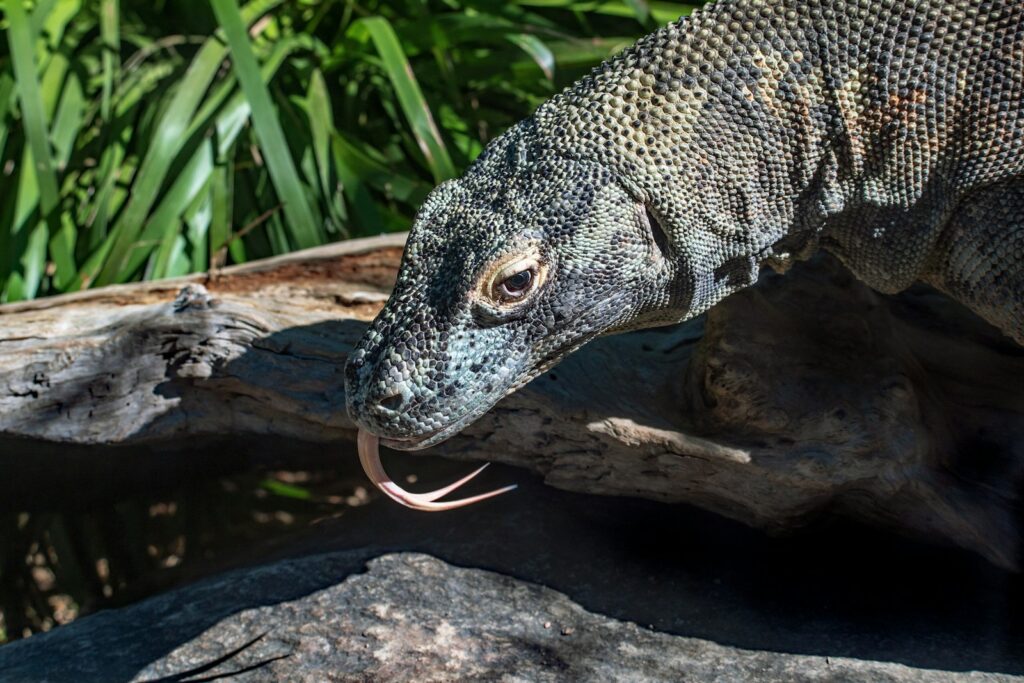
The Komodo dragon possesses sensory abilities that seem almost supernatural in their effectiveness for hunting. Their most remarkable feature is the Jacobson’s organ, located in the roof of their mouth, which they use by flicking their long, forked tongues to capture scent particles from the air. This specialized organ allows them to detect carrion from up to 5.9 miles away and track specific animals through even the densest vegetation. Their vision is also highly developed, with excellent color perception and the ability to see objects at significant distances, especially if those objects are in motion. Unlike many reptiles, Komodo dragons also possess decent hearing, though they rely on it less than their other senses. Perhaps most impressively, they can detect minute amounts of blood in water or air—as little as one part per million—making injured prey virtually impossible to hide from these persistent predators.
Bone-Crushing Bite Mechanics
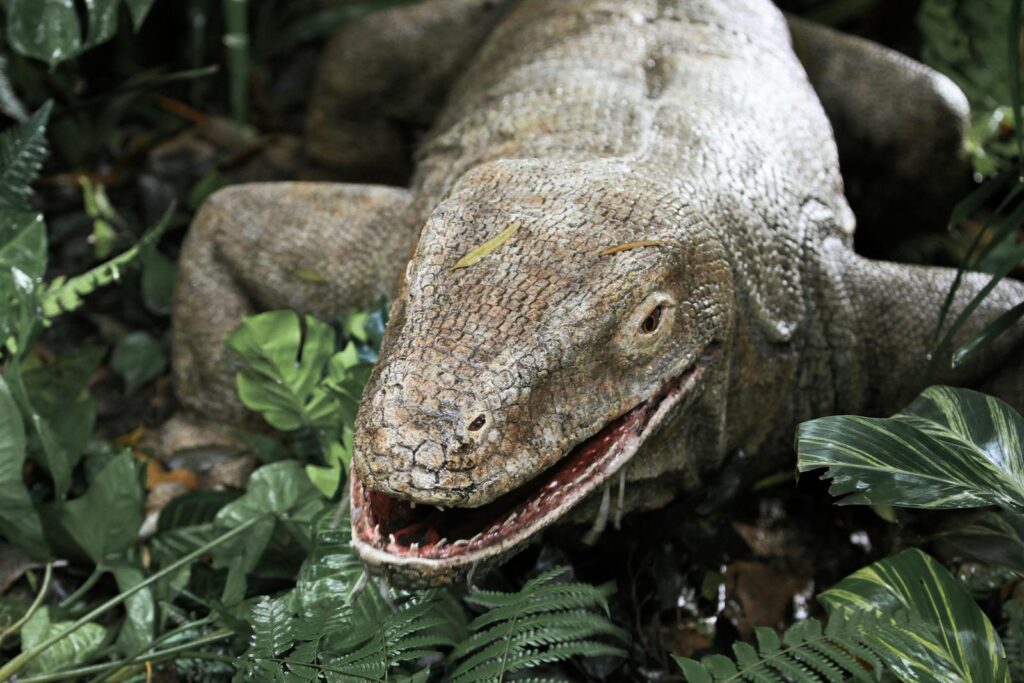
The Komodo dragon’s skull and jaw represent a perfect killing apparatus refined through millions of years of evolution. Their jaws contain 60 serrated teeth designed to replace themselves continuously throughout the animal’s lifetime, ensuring they always maintain razor-sharp cutting edges. Unlike mammalian predators that typically kill with a single, precise bite to vital areas, Komodo dragons employ a “grip and rip” technique, where they secure their prey with their powerful jaws before tearing away large chunks of flesh. Their skull structure allows for surprising flexibility, with specialized joints that can open remarkably wide to swallow large pieces of meat whole. Studies of their bite mechanics show they can exert forces comparable to those of much larger predators like crocodiles, particularly when the leverage of their strong neck muscles is factored in. This combination of serrated teeth, replaceable dentition, and immense bite force makes even a single bite from a Komodo dragon potentially fatal to almost any animal.
The Brutal Efficiency of Their Feeding Habits
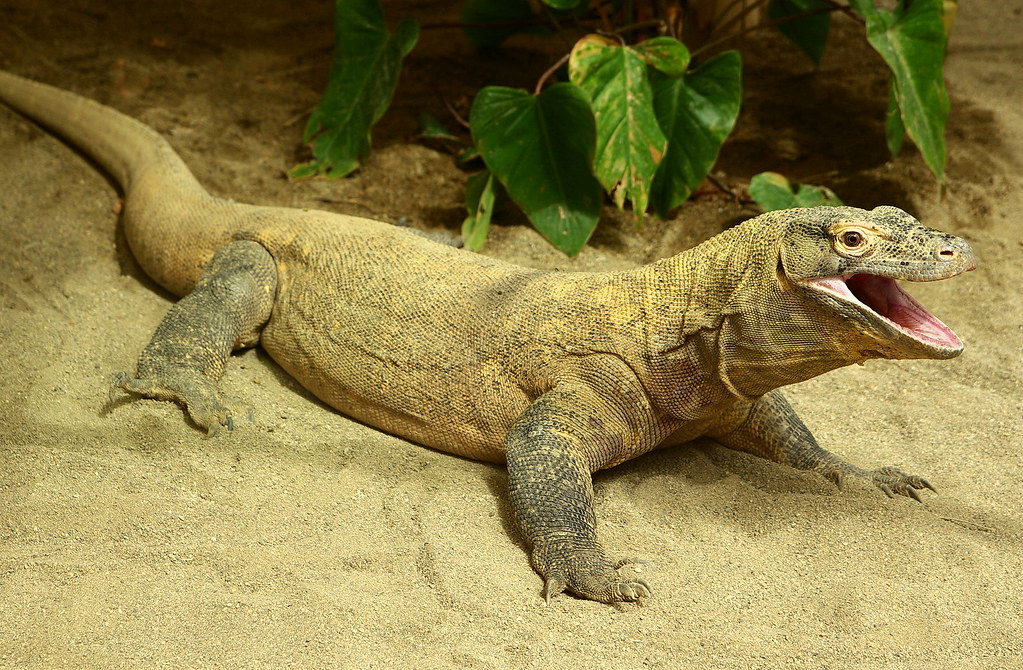
Komodo dragons exhibit feeding behaviors that are both fascinating and disturbing in their efficiency and brutality. When consuming prey, they can devour up to 80% of their body weight in a single meal, often swallowing large chunks of meat, bone, and hide without chewing. Their highly acidic stomachs contain specialized enzymes that can digest nearly everything, including hooves, horns, and entire bones. Perhaps most gruesome is their feeding strategy when attacking large prey like water buffalo—they often target the underside and disembowel the animal, consuming the internal organs first while the prey may still be alive.
During group feedings, larger dragons eat first in a strict dominance hierarchy, though they rarely fight over food due to the risk of injury. After gorging themselves, Komodo dragons can survive for months without another meal, making their feast-or-famine lifestyle perfectly adapted to environments where prey might be scarce for extended periods.
Why Humans Are on Their Menu
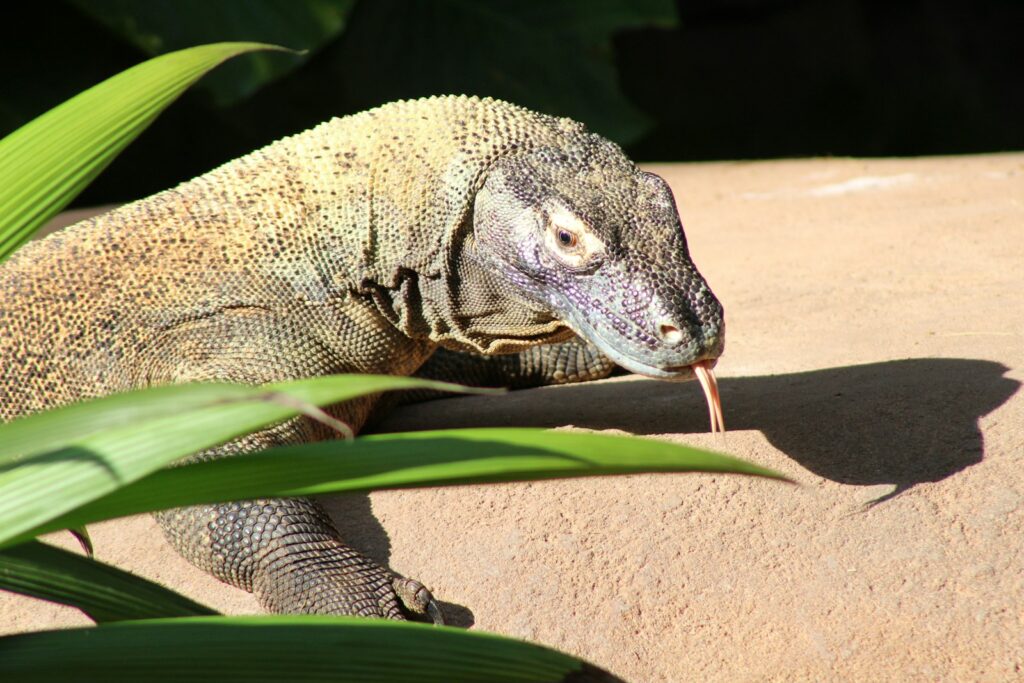
Unlike most wild animals that avoid human contact, Komodo dragons view humans as potential prey, making them one of the few predators that will actively hunt people under certain circumstances. This behavior likely developed because of their evolutionary history on islands without large predators, where they never developed an innate fear of humans as many mainland animals did. Attacks on humans typically occur when people venture into dragon territory without proper guides or protection, with the reptiles treating them as they would any other similar-sized prey animal.
Most human fatalities from Komodo dragon attacks follow a similar pattern: an initial bite, followed by the victim escaping but eventually succumbing to blood loss and venom effects. The dragons’ incredible tracking ability means they can follow injured humans for miles, patiently waiting for their venom to take effect. Local inhabitants of Komodo islands have developed extensive cultural practices and safety protocols to coexist with these dangerous neighbors, including building elevated homes and never traveling alone in dragon territory.
Cannibalistic Tendencies: Why They Eat Their Young
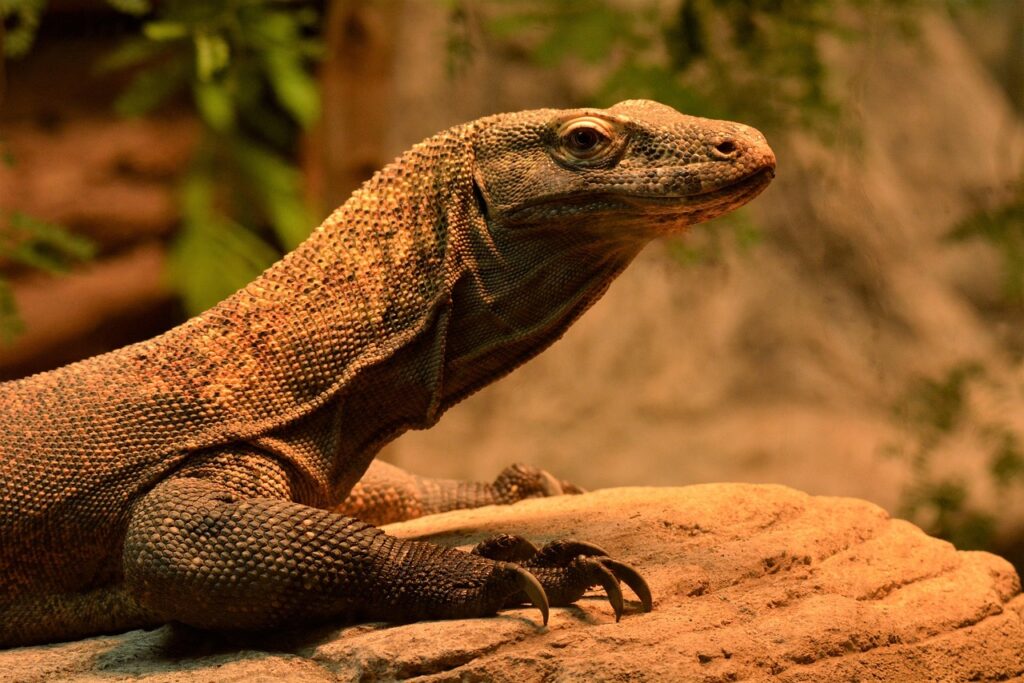
One of the most disturbing aspects of Komodo dragon behavior is their well-documented cannibalism, particularly their willingness to prey on younger dragons. This behavior serves as a significant population control mechanism, with adult dragons actively hunting juveniles, forcing young Komodo dragons to spend their first few years living in trees to avoid being eaten by their larger relatives. Young dragons develop different hunting strategies focused on smaller prey and remain arboreal until reaching approximately 4 feet in length, at which point they become too heavy for most trees.
This cannibalistic behavior creates a strange evolutionary pressure where young dragons must develop exceptional climbing abilities and stealth tactics simply to avoid being eaten by adults of their own species. Researchers believe this behavior evolved due to the limited resources on their island habitats, where eliminating competition—even from one’s own offspring—provides survival advantages to established adults.
Their Reproductive Strategy: How It Enhances Their Killing Power
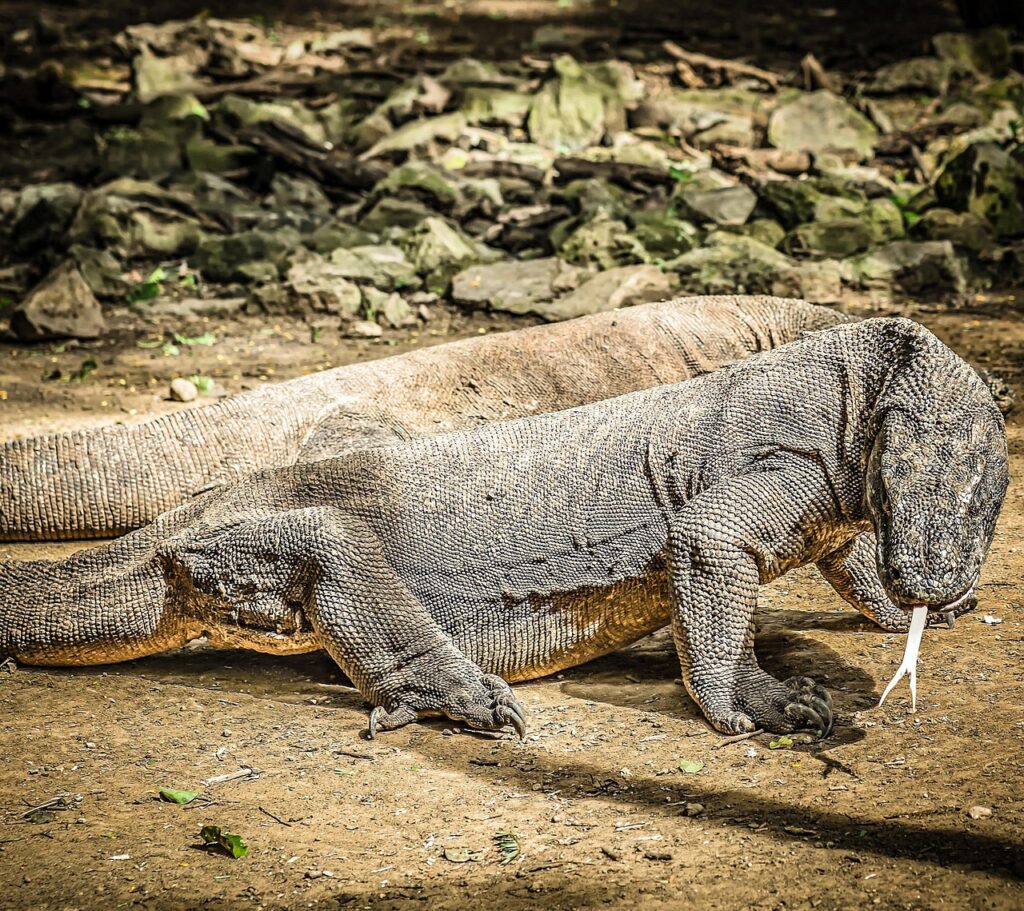
The reproductive biology of Komodo dragons contributes directly to their success as apex predators through several fascinating adaptations. Female Komodo dragons can reproduce through parthenogenesis—a form of asexual reproduction where females produce viable eggs without male fertilization—allowing isolated females to establish new populations even when no males are present. This reproductive flexibility ensures that their predatory genes continue spreading even in fragmented habitats. Young dragons hatch fully equipped with the tools they need to kill, including venom glands and serrated teeth, though they focus on smaller prey until reaching adult size.
The mating behaviors of Komodo dragons are equally fierce, with males engaging in ritualized combat involving wrestling with their forelegs while standing on their hind legs and tails. These combat rituals not only determine mating rights but also ensure that only the strongest males—those with the most effective killing adaptations—pass on their genes, continuously refining the species’ predatory capabilities through natural selection.
Conservation Status: Protecting Nature’s Perfect Killer
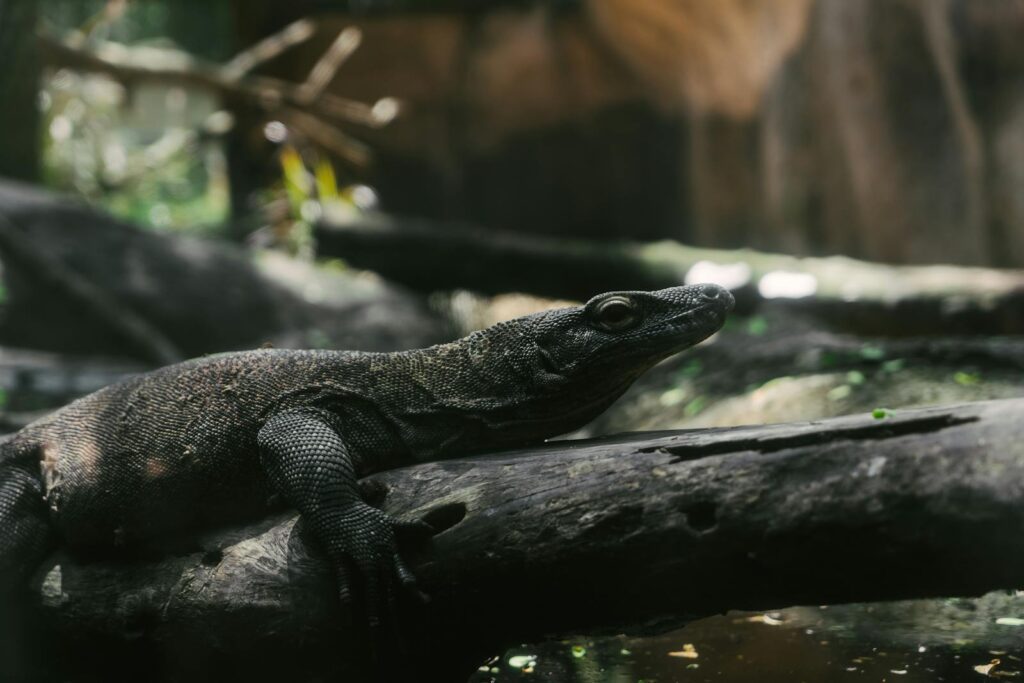
Despite their fearsome reputation, Komodo dragons face significant threats to their survival, with the IUCN Red List classifying them as “endangered” with fewer than 4,000 individuals remaining in the wild. Their limited habitat makes them particularly vulnerable to human encroachment, climate change, and poaching, with rising sea levels threatening to reduce their already limited island territories. Conservation efforts focus on Komodo National Park, established in 1980 specifically to protect these unique predators and their ecosystem, now recognized as a UNESCO World Heritage Site.
The paradox of Komodo conservation lies in balancing protection with tourism—visitors provide essential funding for conservation programs but also introduce new pressures on dragon populations through habitat disturbance. Research indicates that well-managed ecotourism can support conservation goals when proper protocols are followed, including strict visitor guidelines and ranger-led tours. Genetic studies of remaining populations guide breeding programs and reintroduction efforts, aiming to maintain healthy genetic diversity in these remarkable predators for future generations.
The Future of Dragon Research: New Discoveries
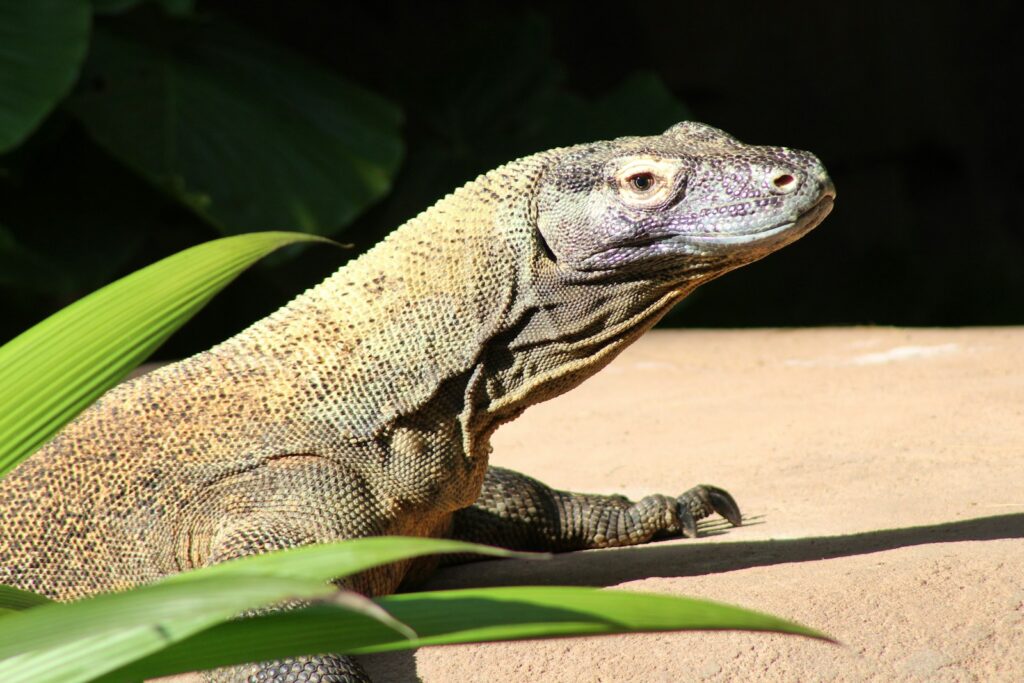
Scientific understanding of Komodo dragons continues to evolve, with recent research yielding surprising insights into their biology and behavior. New studies using thermal imaging technology have revealed that Komodo dragons may have specialized heat-sensing abilities, similar to pit vipers, allowing them to detect warm-blooded prey in complete darkness. Genetic research has identified unique compounds in their blood with powerful antimicrobial properties, potentially explaining how these animals survive wounds that would kill other predators through infection. Perhaps most exciting are ongoing studies of their venom, which contains dozens of specialized toxins that could potentially lead to new medical treatments for blood clotting disorders, surgical complications, and even certain types of cancer.
The scientific community has also begun employing advanced tracking technologies, including GPS and satellite monitoring, to better understand dragon movements, territories, and hunting patterns across their range. As research techniques improve, our understanding of these ancient predators deepens, revealing them to be even more sophisticated and specialized killing machines than previously recognized.
The Komodo dragon stands as nature’s masterclass in predatory evolution—a living embodiment of how specialized adaptations can create the perfect killing machine. From their venomous bite and powerful jaws to their patient hunting strategies and remarkable sensory capabilities, everything about these animals has been shaped by millions of years of evolutionary pressure to make them more effective predators. Their continued existence, however tenuous, provides us with a living window into prehistoric times when reptiles dominated Earth’s ecosystems. As we work to protect these remarkable creatures, we’re not just preserving an endangered species but maintaining one of evolution’s most successful experiments in predatory design. The Komodo dragon reminds us that sometimes the most formidable predators aren’t the fastest or strongest, but those that have perfected a complete system of hunting adaptations working in perfect harmony—a living testament to nature’s capacity for creating the ultimate predator.

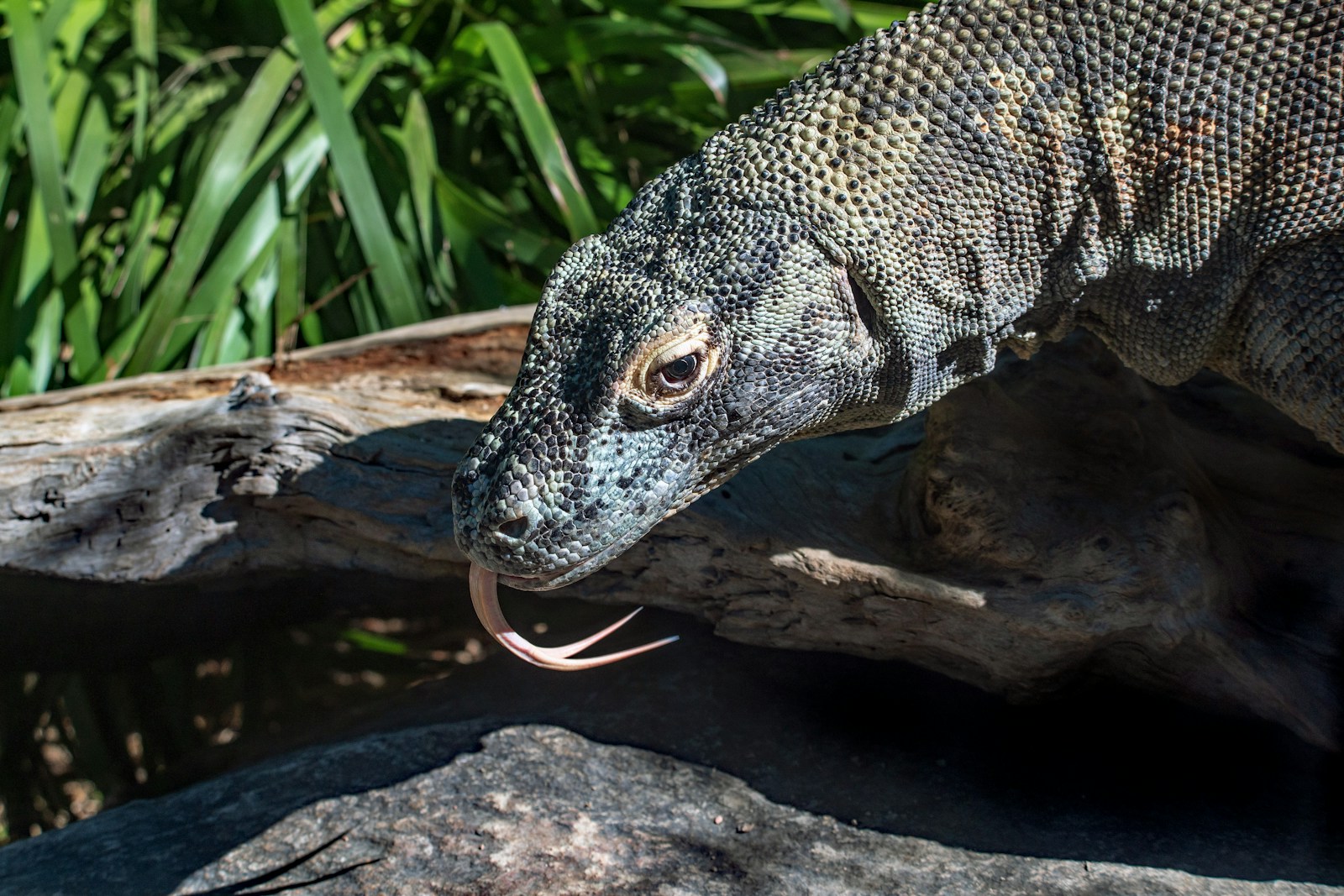
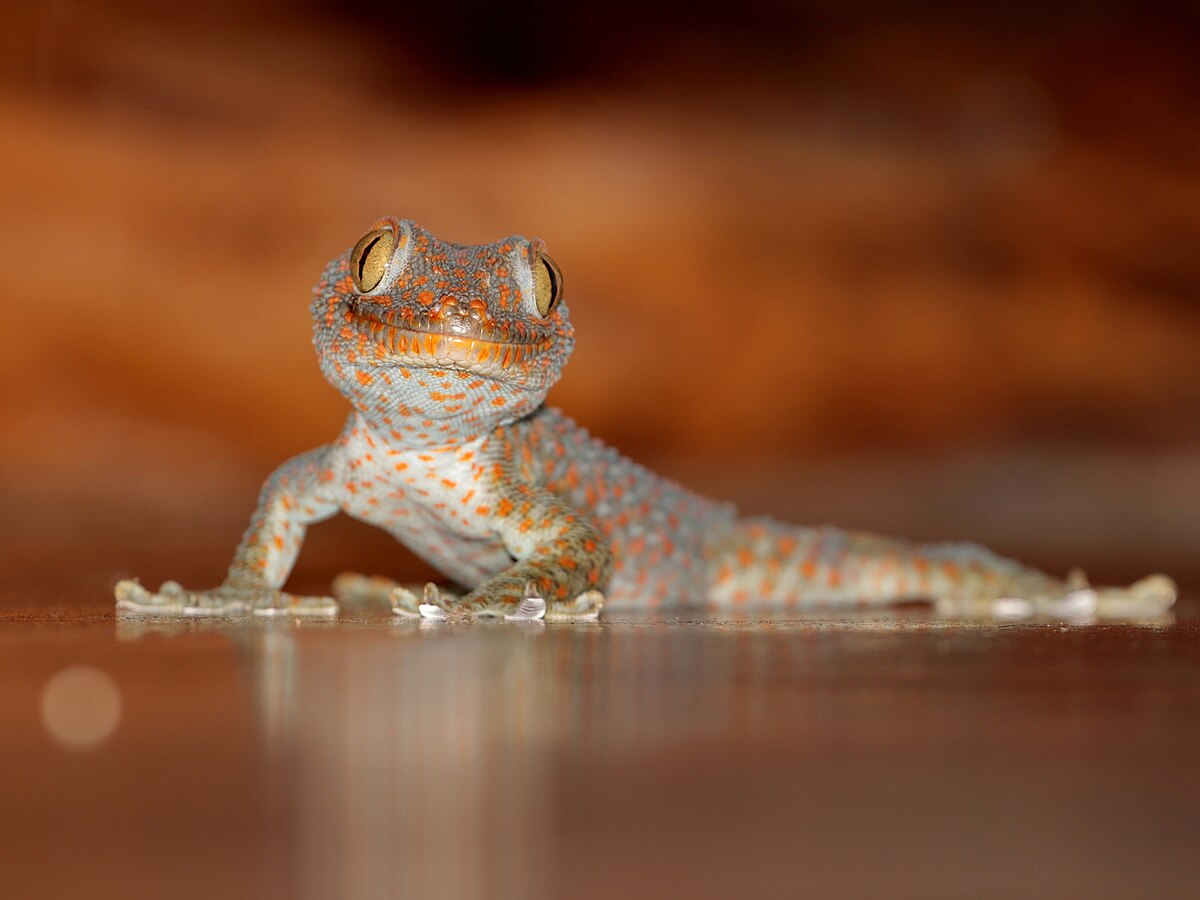

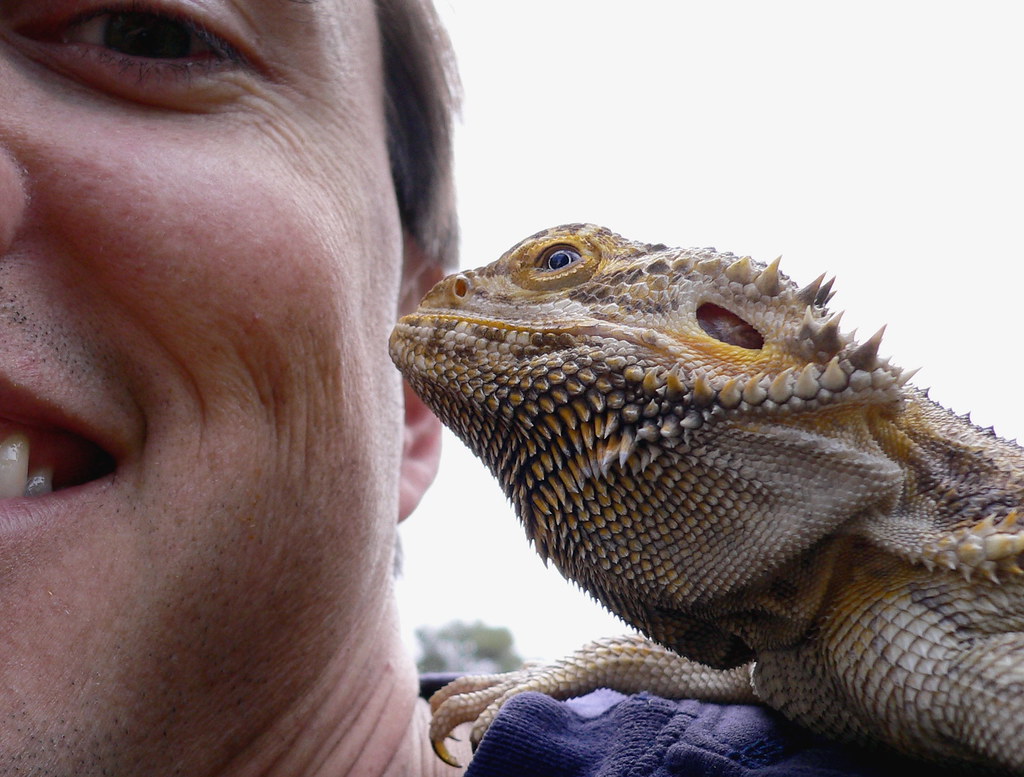

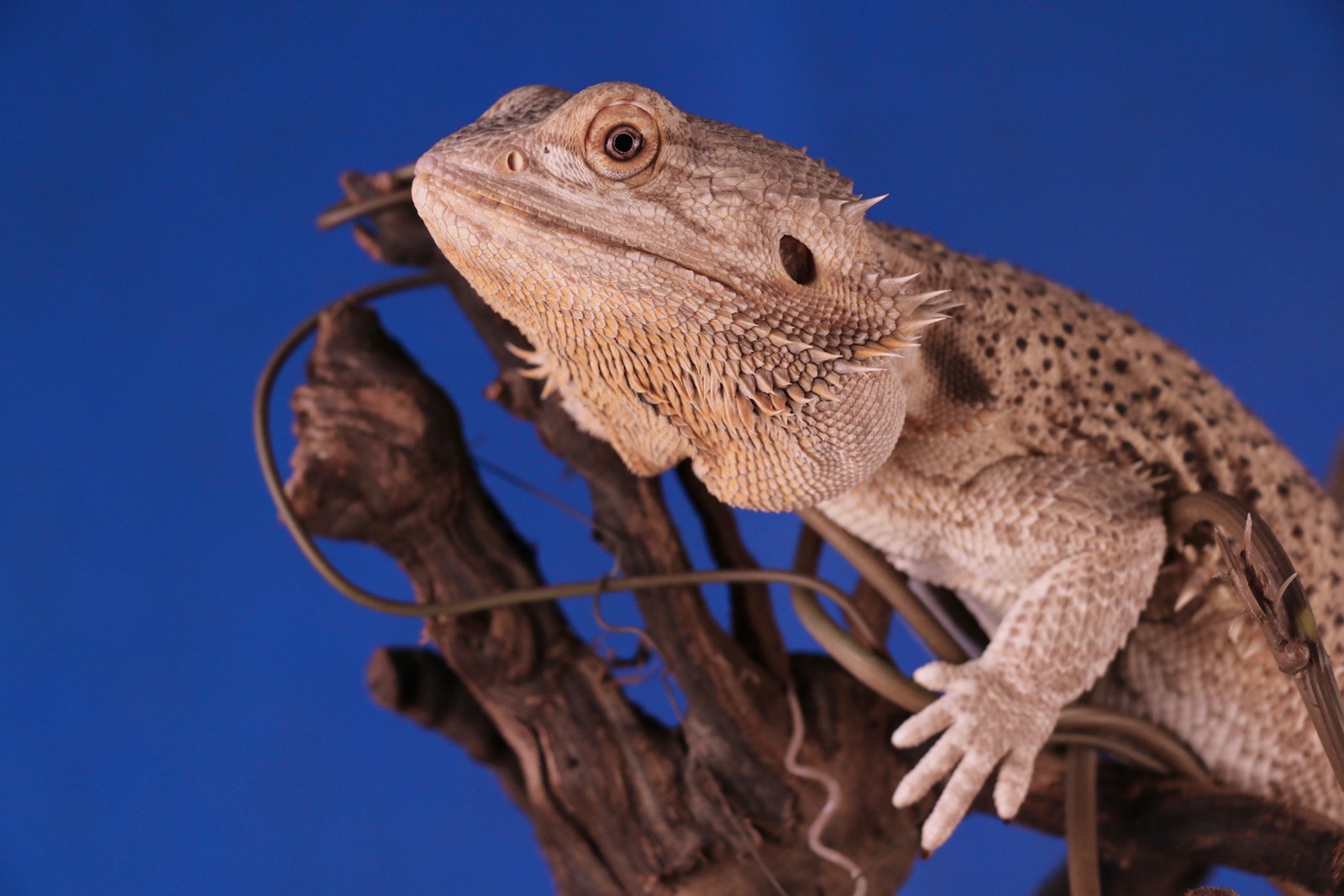
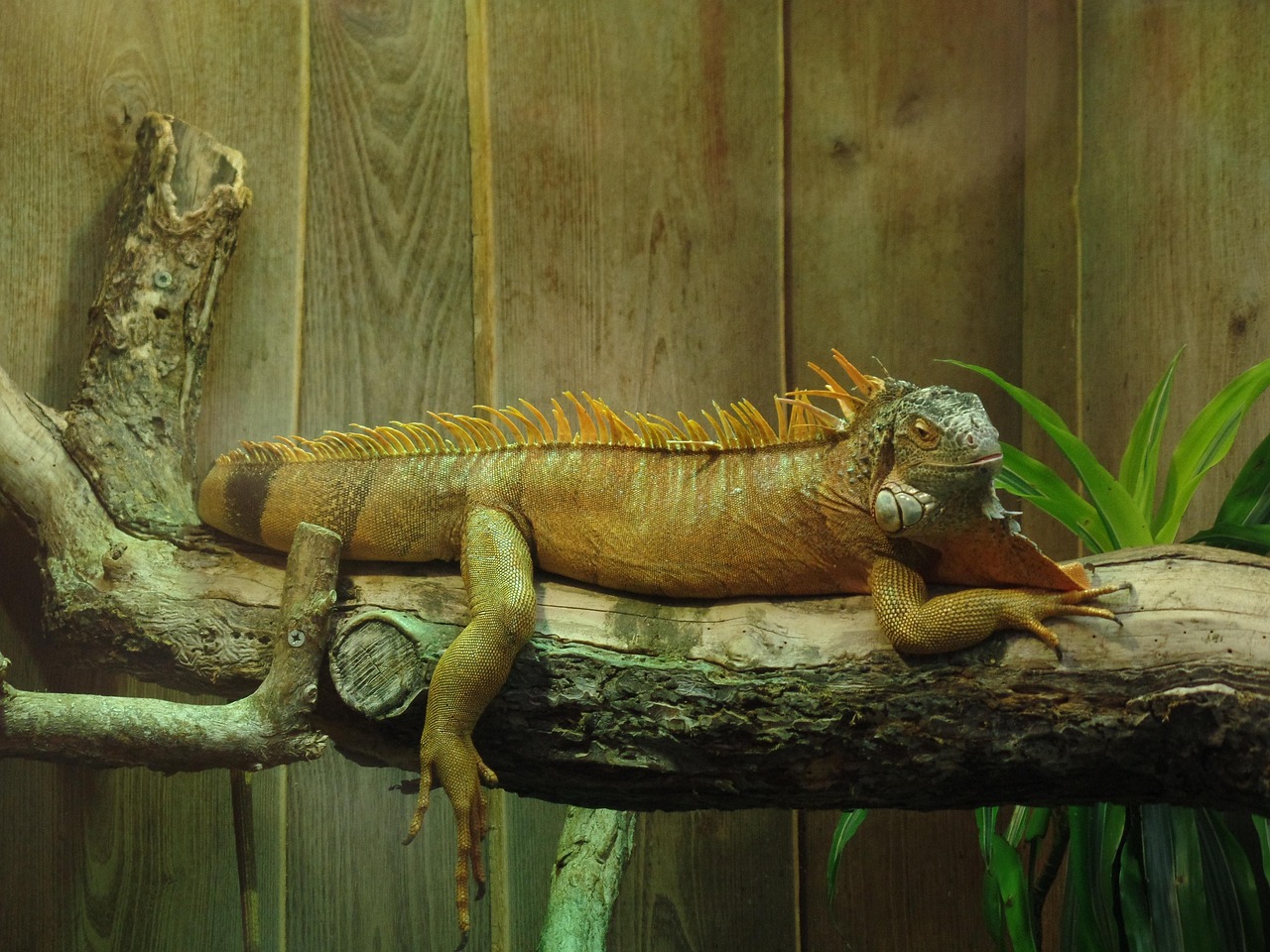
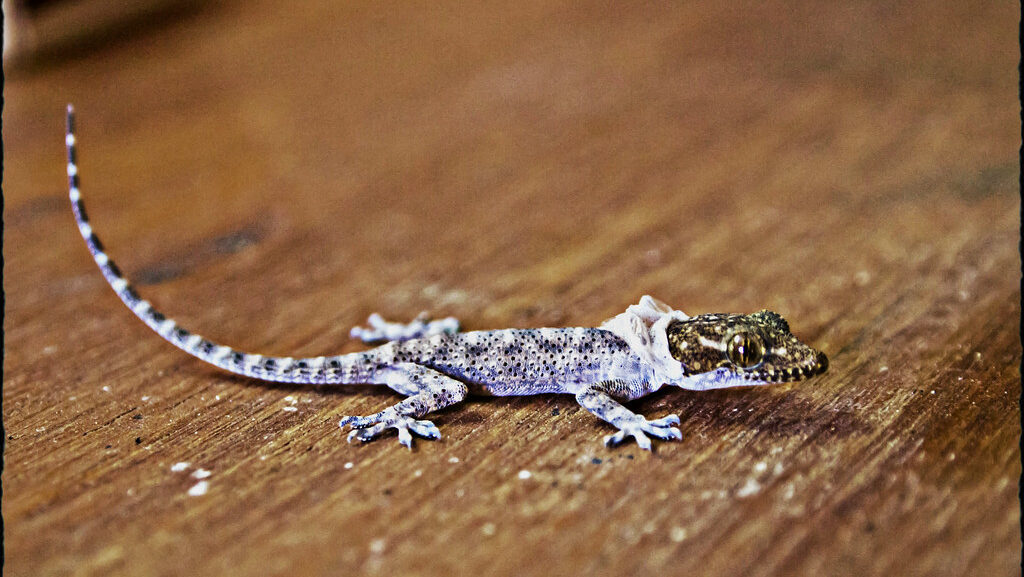
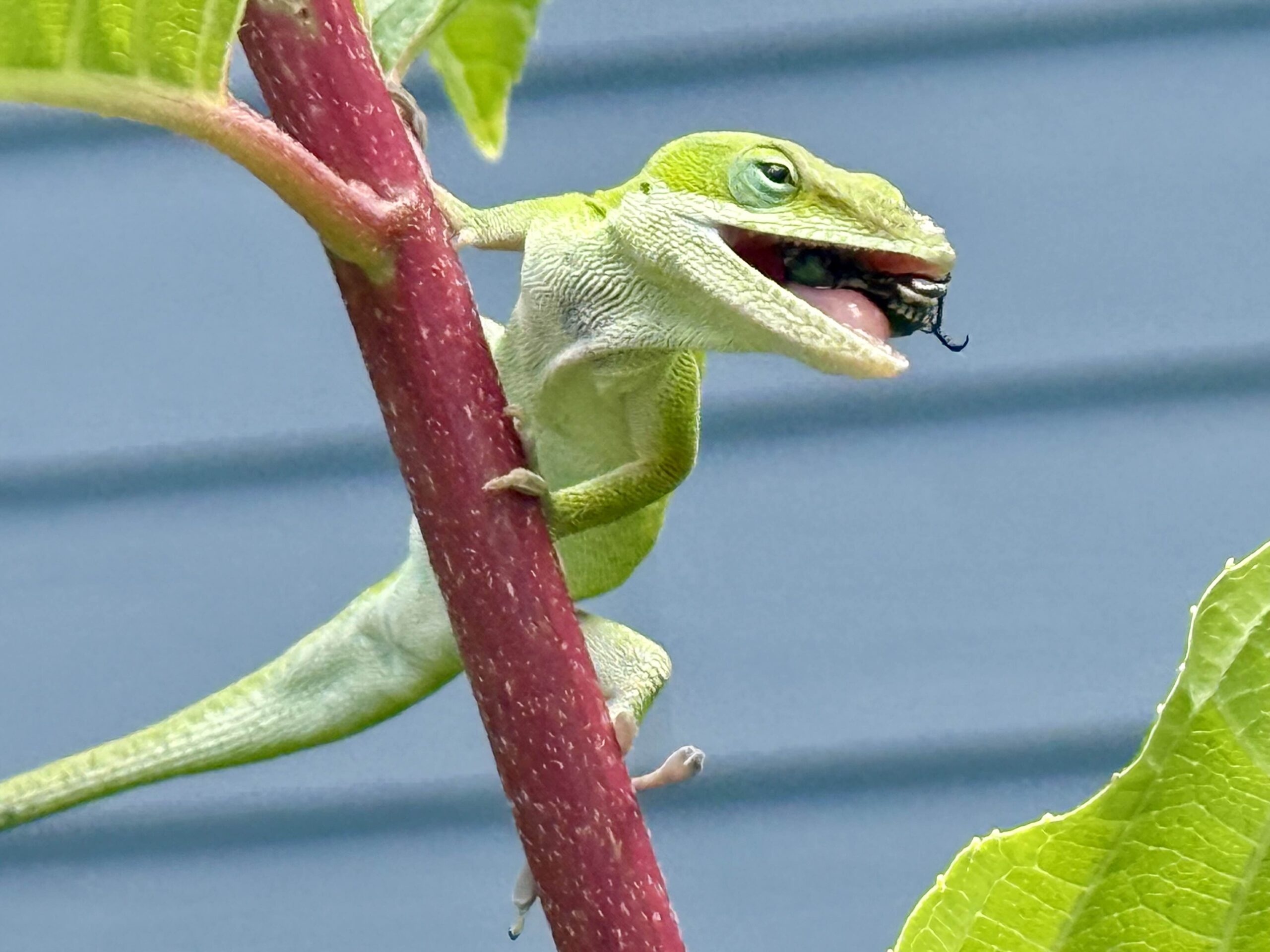
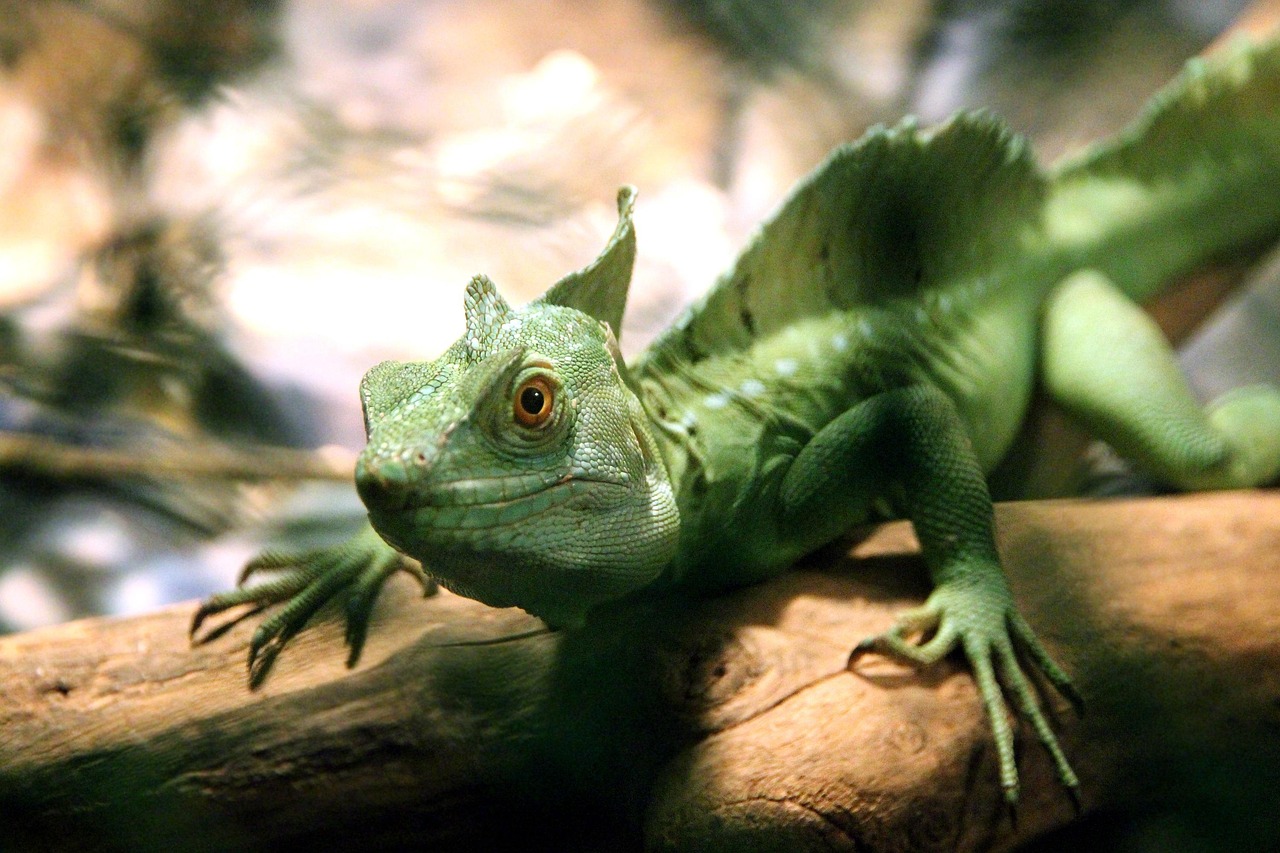
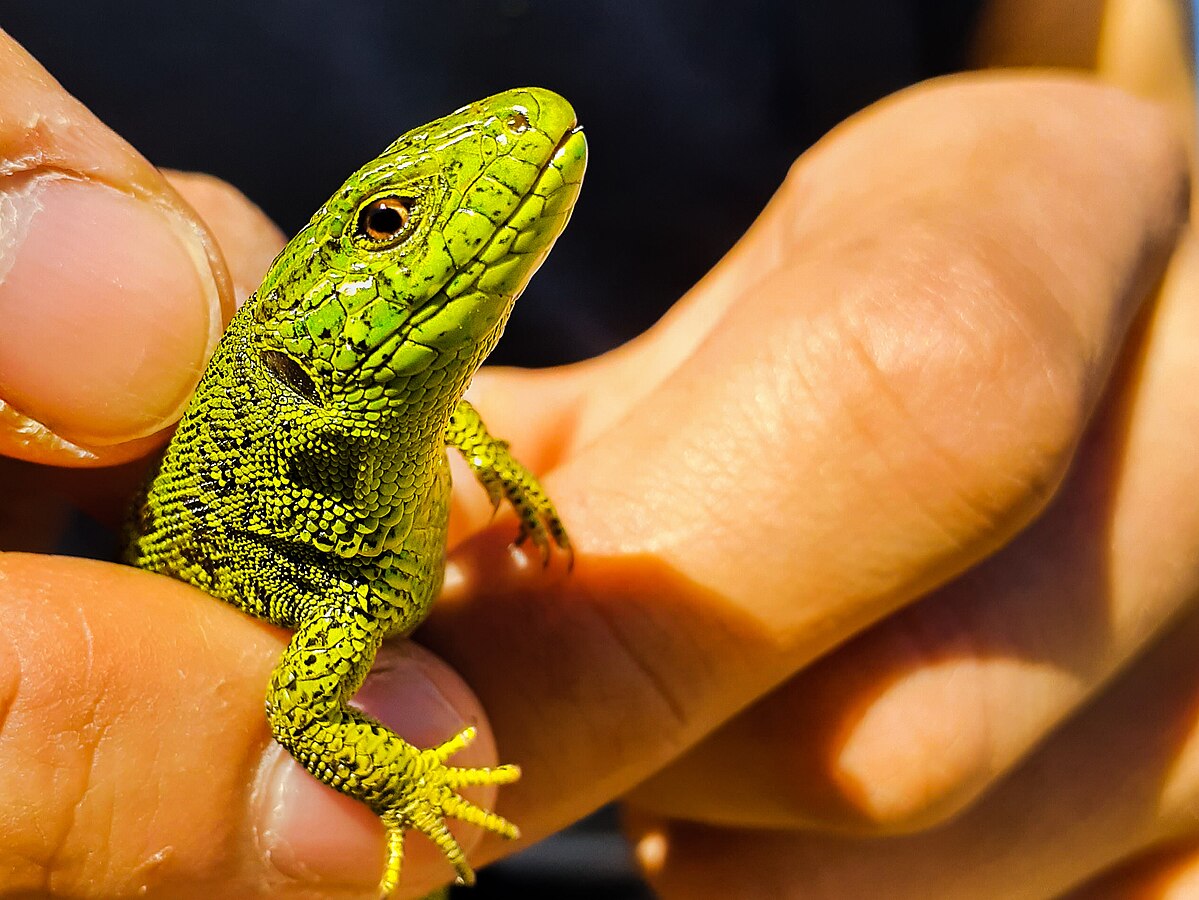
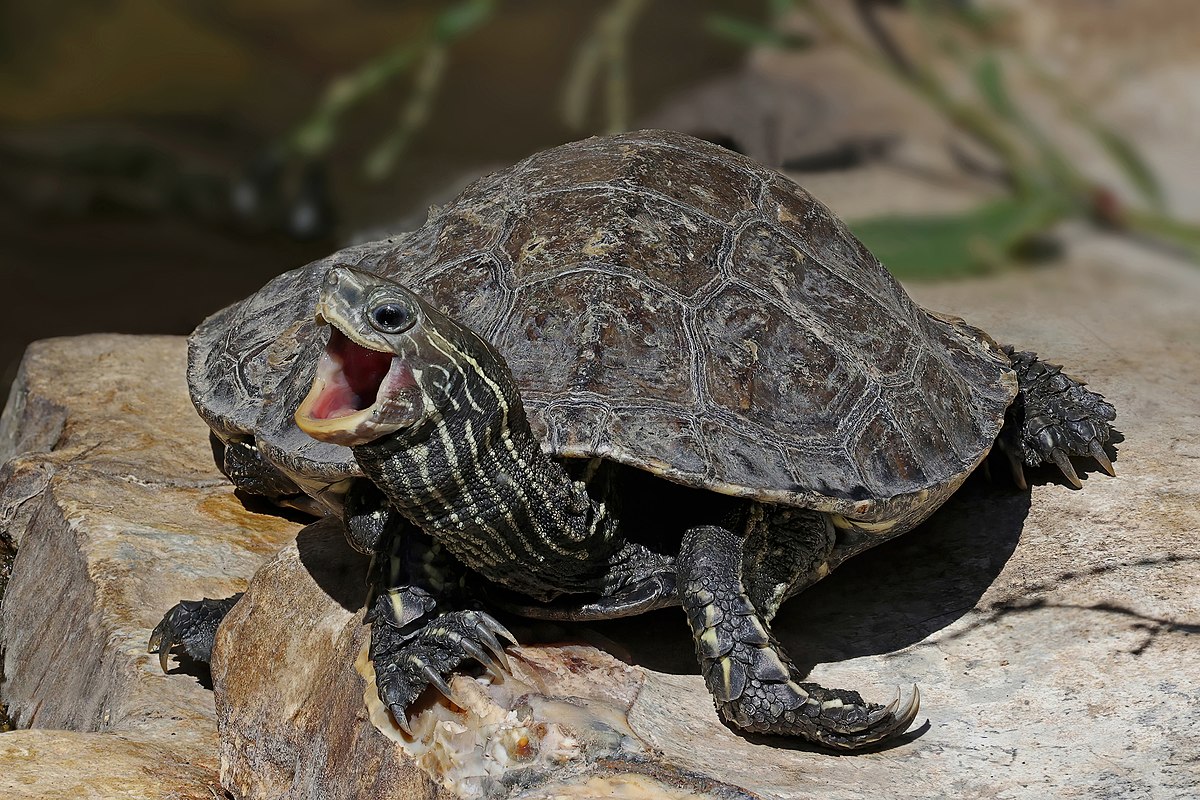
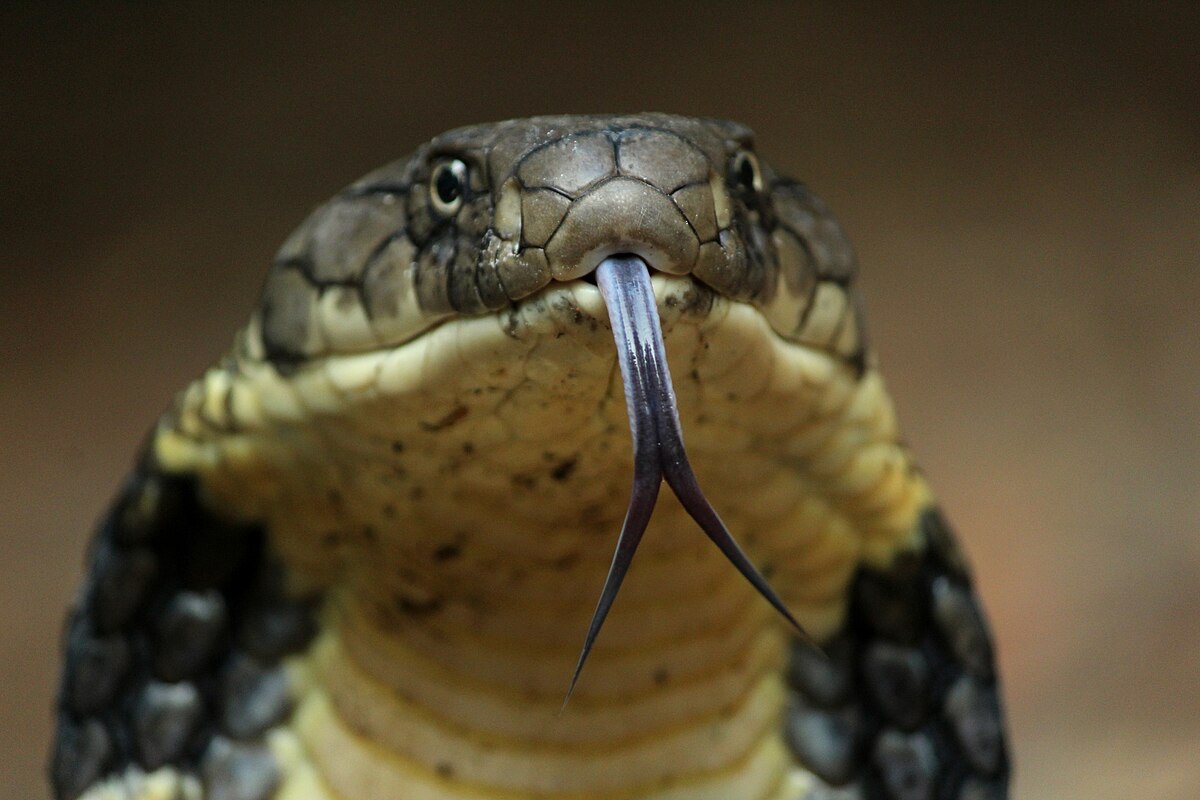
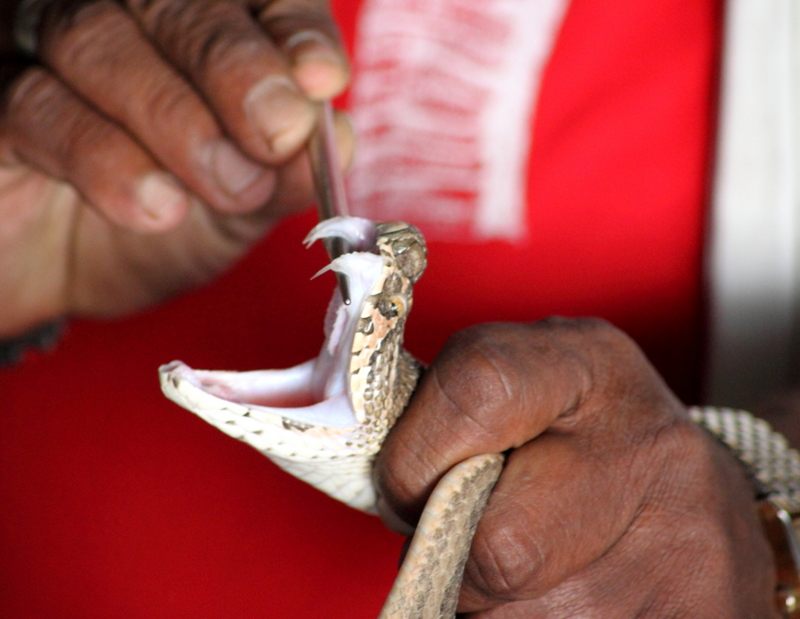
Leave a Reply